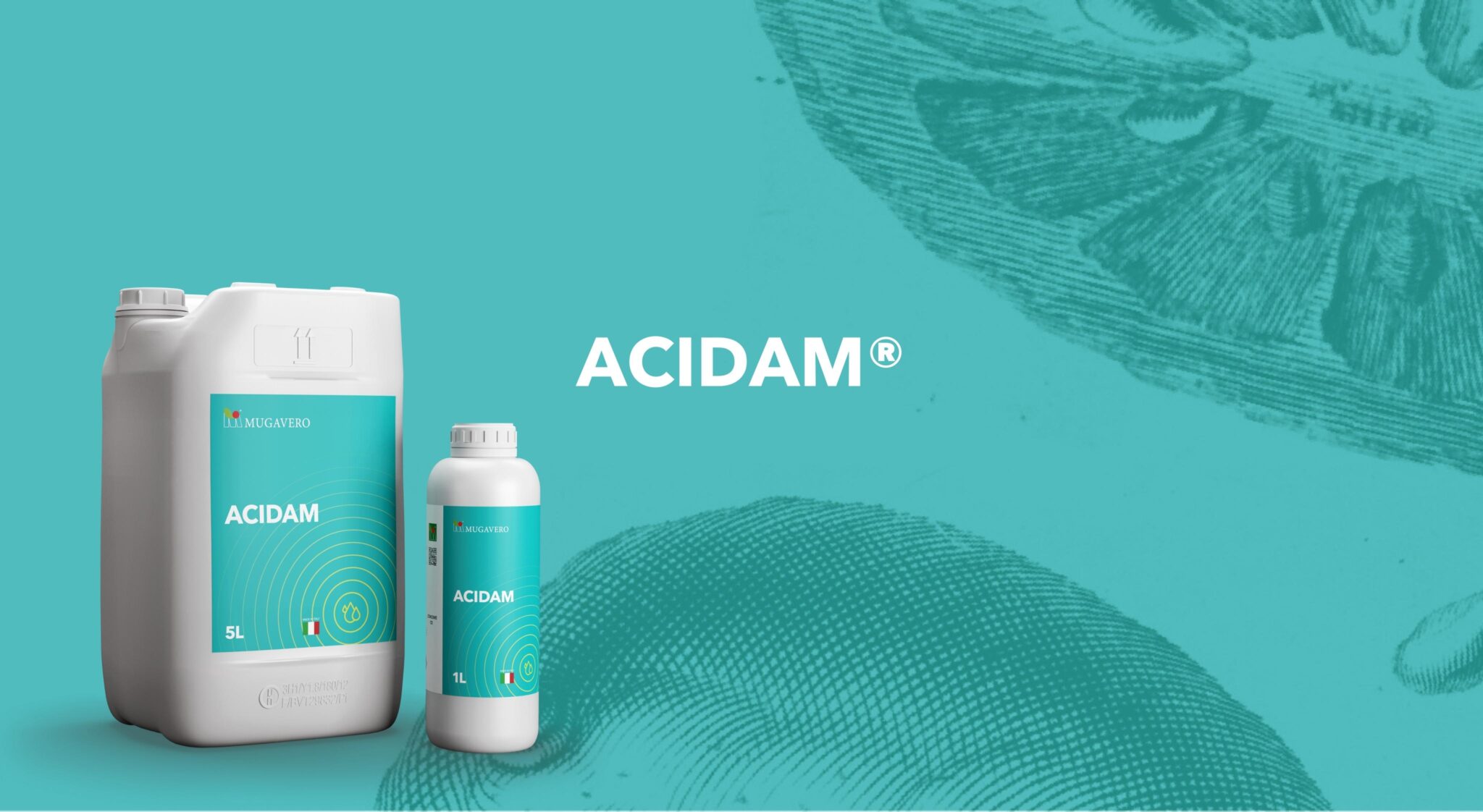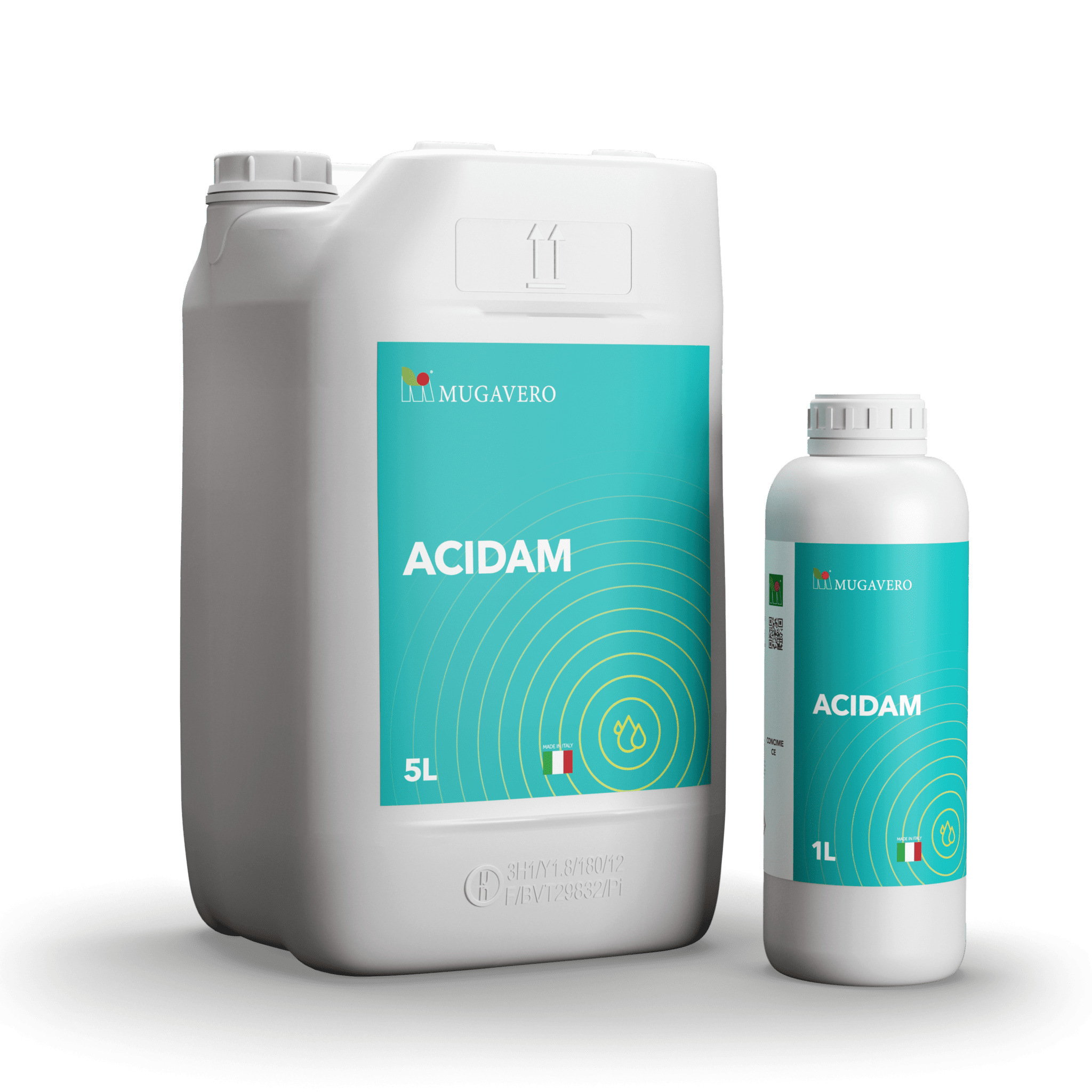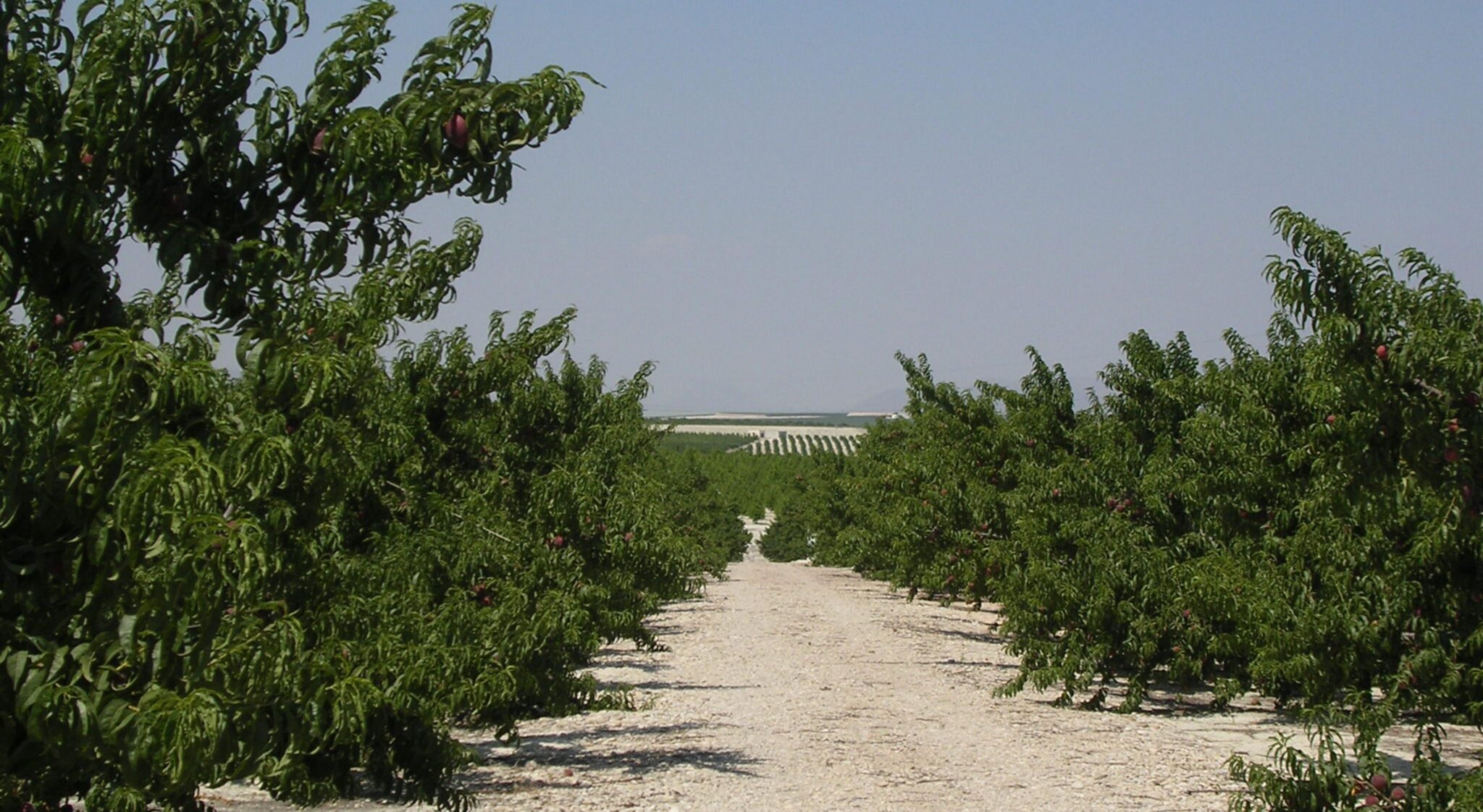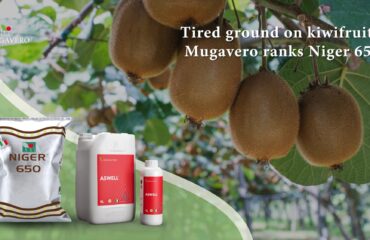
Non-optimal soil management has always been one of the most common limits of conventional horticultural and fruit production systems, as it can lead to various and annoying problems. One above all: the reduction, over time, of the root efficiency of the plant. This aspect obviously has repercussions on the productive result of the crop.
On the other hand, excluding those cases in which the starting value is naturally high due to the presence of active limestone, the reaction of the soil can undergo variations according to the fertilization, with a tendency to increase the pH due to repeated or massive fertilization. nitrogenous based on nitrates.
In this direction, if there is a high content of bicarbonates, even the use of irrigation water can be responsible for an increase in pH in the soil. Therefore, to allow the irrigated plant to totally absorb the nutritional elements available in the soil, there are two fundamental aspects: controlling the starting pH and acidifying when necessary during irrigation. The acid reaction, in fact, facilitates the mobilization above all of the phosphorus and iron blocked on the colloids of the soil.
Mugavero’s solution: Acidam

Acidam
And this is where Acidam, the liquid nitrogen fertilizer with a high percentage of sulfuric anhydride from Mugavero, comes into play. Which, unlike normal acids used in agriculture (such as nitric and phosphoric acid) contains nitrogen in urea and ammonia form, formulated with sulfuric acid. This aspect makes it less washable and more available for plants. Assuming that to dose the right amount of product to reduce the pH of the irrigation water, it is necessary to know the bicarbonate content of the water itself (expressed in mg / l), it is necessary to refer to the table on the label. Where the dose expressed in l / mc is identified to neutralize 90% of the bicarbonates present in one mc of irrigation water and bring the final pH of the water-fertilizer solution to the optimal range of 5.5-6.0 for the root system. In conclusion, it should be noted that Acidam can be used regularly during the production cycle at the minimum dose of 1.2-1.5 l / ha and distribution with proportional and/or volumetric fertigation systems. Finally, if used at a dose of 20-25 l / ha, Acidam has a descaling and cleaning action on irrigation systems, even at micro-flow rates.
If this article on to improve the availability of nutrients in the soil helpful to you, keep following us on our blog and social media channels: Facebook, Instagram, LinkedIn, YouTube

 Italiano
Italiano  English
English  Español
Español  Türkçe
Türkçe  Русский
Русский  العربية
العربية  Français
Français 



